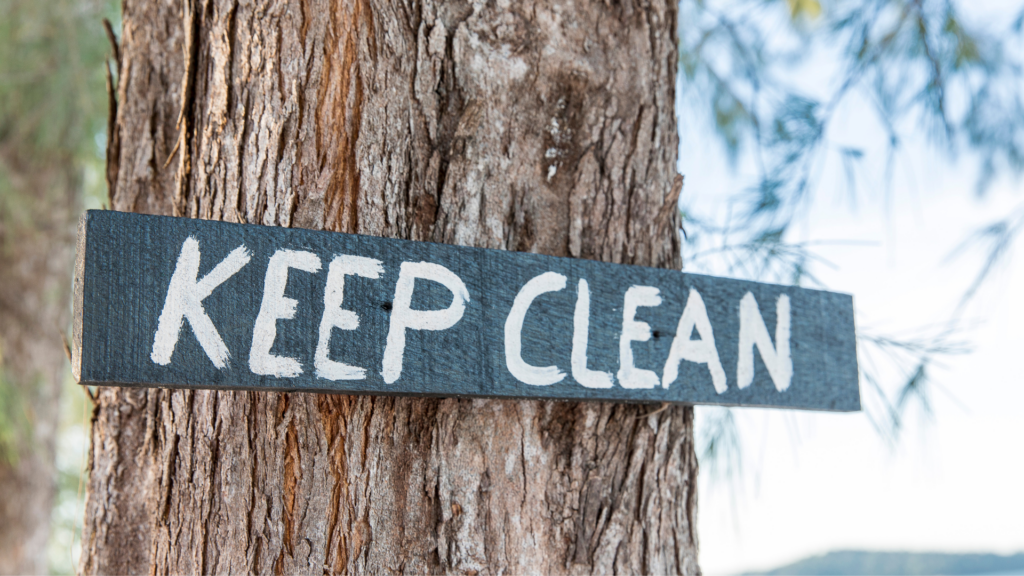In a world where health and hygiene have taken center stage, the importance of cleanliness can’t be overstated. This article delves into the concept of keep clean, not just in terms of personal hygiene, but also in the wider context of maintaining a clean environment.
Read on to discover the science behind keep clean, its impact on our lives, and practical tips to incorporate cleanliness into your daily routine.
Keep Clean
Emphasizing cleanliness holds paramount importance for multiple reasons. Chief among these are potential health and psychological benefits.
Health Benefits
Practicing cleanliness directly influences health, reducing the risk of developing various diseases. By limiting exposure to harmful bacteria and viruses, it increases the chance for a longer, healthier life.
Psychological Benefits
Cleanliness impacts more than physical health; it also provides psychological benefits. A clean environment fosters a clear, uncluttered mind. It’s not just homes and workspaces that benefit, public places and educational institutions witness an increase in productivity when they uphold cleanliness.
Keep Clean Habits at Home
 Living in a clean environment positively impacts both physical health and mental wellbeing. Adopting cleanliness habits at home can dramatically reduce the risk of diseases and offer therapeutic benefits.
Living in a clean environment positively impacts both physical health and mental wellbeing. Adopting cleanliness habits at home can dramatically reduce the risk of diseases and offer therapeutic benefits.
Daily Routines for Cleanliness
Consistency in maintaining a clean home is key to ensuring the health benefits of cleanliness. It’s all about making cleanliness a daily routine, integrating small activities into daily life. Daily cleaning habits include keeping surfaces free of dust, promptly cleaning up spills or messes, washing dishes immediately after meals, and disinfecting high-touch areas such as door knobs or light switches.
Personal Hygiene Essentials
Following the exploration of cleanliness benefits in both personal and work environments, personal hygiene becomes an integral part to discuss. It is crucial to understand the two cornerstone elements essential to good personal hygiene: handwashing techniques and body care.
Handwashing Techniques
Handwashing emerges as the first line of defense against germs, drastically cutting the odds of disease transmission. The Centers for Disease Control and Prevention (CDC) offers a simple, six-step procedure to effective handwashing. First, wet hands with clean, running water, temperature doesn’t impact outcome. Next, apply soap and lather well. Ensure coverage over the entirety of hands, including fingers and under nails. Scrub for a minimum of 20 seconds, roughly the time taken to hum the “Happy Birthday” song twice. Rinse well with running water, again making sure to cover all surfaces. Finally, dry hands thoroughly with a clean towel or air dry.
Skin and Body Care
Tending to skin and body care also plays a significant role in maintaining proper personal hygiene. Regular showers not only keep the body clean but also contribute to healthy skin by removing dead skin cells, excess oil, and bacteria. American Academy of Dermatology recommends showering at least once a day, particularly after sweating, using a gentle, fragrance-free cleanser.
Environmental Cleanliness
Building upon the earlier discussions of personal hygiene and workspace tidiness, this section expands upon environmental cleanliness. It focuses on more extensive cleaning practices, ones that play a vital role in maintaining overall environmental health, including reducing pollution and waste management and recycling.
Reducing Pollution
Playing a vital role to keep clean our surroundings, pollution reduction aids in lower respiratory diseases, minimizes climate change impacts, and preserves natural habitats. Simple acts such as minimizing vehicle usage, opting for public transportation, or cycling not only benefit personal health but also contribute to a cleaner environment.
Waste Management and Recycling
Equally crucial to environmental cleanliness, waste management and recycling significantly reduce negative environmental impacts. An estimated 258 million tons of municipal solid waste was generated in the United States alone in 2014, according to the Environmental Protection Agency (EPA).
Keep Clean
To keep clean isn’t just about looking and feeling good. It’s a cornerstone of health and well-being. From personal hygiene to maintaining a spotless living space and workplace, cleanliness matters. But it doesn’t stop there. Environmental cleanliness is equally important, with pollution reduction and waste management playing key roles.
